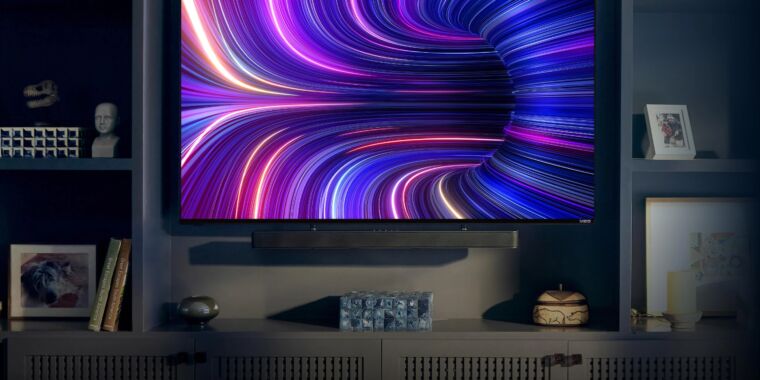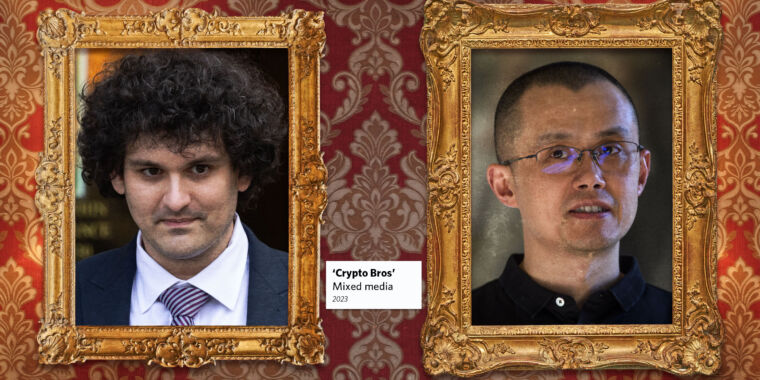Vizio has agreed to pay $3 million to settle a class-action lawsuit that alleged the company misled customers about the refresh rates of its TVs.
In 2018, a lawsuit [PDF], which was later certified as a class action, was filed against Vizio for advertising its 60 Hz and 120 Hz LCD TVs as having an “effective” refresh rate of 120 Hz and 240 Hz, respectively. Vizio was referring to the backlight scanning (or black frame insertion) ability, which it claimed made the TVs look like they were operating at a refresh rate that was twice as fast as they are capable of. Vizio’s claims failed to address the drawbacks that can come from backlight scanning, which include less brightness and the potential for noticeable flickering. The lawsuit complained about Vizio’s language in marketing materials and user manuals.
The lawsuit read:
Vizio knows, or at the very least should know, that its television with 60Hz display panels have a refresh rate of 60 images per second and that backlight manipulation methods cannot and do not increase the effective Hz (refresh rate) of a television.
The lawsuit, filed in the Superior Court of California, County of Los Angeles, accused Vizio of using misleading tactics to persuade retailers to sell and recommend Vizio TVs. It accused Vizio of trying “to sell its lesser-quality product at a higher price and allowed Vizio to realize sales it may not have otherwise made if it were truthful regarding the performance capabilities of its televisions.”
Under the settlement terms [PDF] spotted by The Verge, people who bought a Vizio TV in California after April 30, 2014, can file a claim. They’ll receive $17 or up to $50 if the fund allows it. The individual payout may also be under $17 if the claims exceed the $3 million fund. Vizio will also pay attorney fees. People have until March 30 to submit their claims. The final approval hearing is scheduled for June 20.
Vizio also agreed to stop advertising their TVs with 120 and 240 Hz “effective” refresh rates but “will not be obligated to recall or modify labeling for any Vizio-branded television model that has already been sold or distributed to a third party,” according to the agreement. Further, the California-headquartered company will also offer affected customers a “service and limited warranty package conservatively valued at $25” per person.
Vizio, per the settlement, denies any wrongdoing. The company declined to comment on the settlement to Ars.
The settlement comes as tactics for fighting motion blur, like backlight scanning and frame interpolation (known for causing the “soap opera effect”), have been maligned for often making the viewing experience worse. LG and TCL have also faced class-action lawsuits for boosting refresh rate claims by saying that their motion blur-fighting techniques make it seem like their TVs are running at a higher refresh rate than possible. While the case against LG was dismissed, TCL settled for $2,900,000 [PDF].
Despite the criticisms, backlight scanning and motion smoothing remain on default across countless TVs belonging to unsuspecting owners. Class-action cases like Vizio’s that end up having a negative cost for OEMs provide further incentive for them to at least stop using the ability as a way to superficially boost spec sheets.




